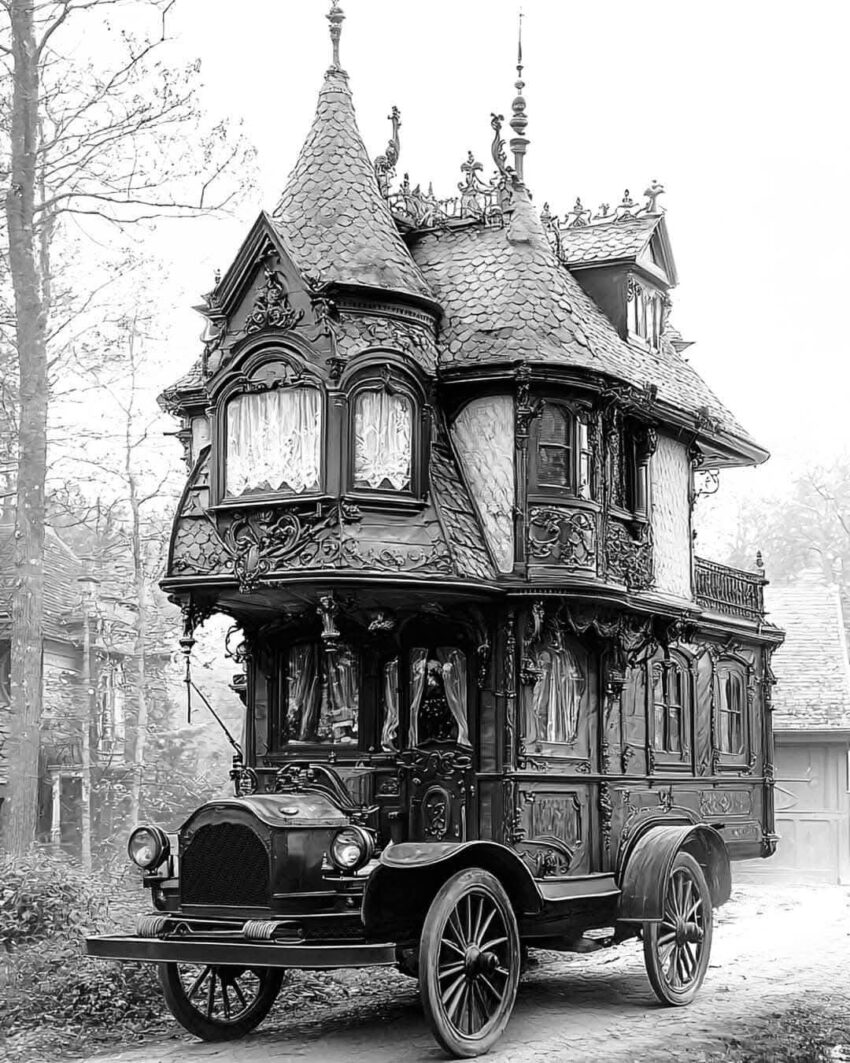In the late 19th century, caravans symbolized more than just travel—they represented a lifestyle intertwined with exploration and resilience. Caravans, often associated with Romani communities, were also widely adopted by traveling performers, merchants, and adventurers seeking freedom from the constraints of urban life. These homes-on-wheels embodied a spirit of independence during an era dominated by industrial expansion.By the 1800s, the Victorian fascination with exploration and leisure sparked a growing trend in caravanning, particularly among the wealthy. Caravans of this period were richly adorned with intricate woodwork and ornate interiors, blending practicality with elegance. They offered a mobile retreat, allowing travelers to explore rural landscapes far from the crowded, polluted cities shaped by industrialization.The Romani people, long associated with caravans, had a profound influence on their design and cultural significance. These vibrant wagons, known as “vardos,” became iconic symbols of their nomadic traditions. Painted with bright colors and adorned with floral motifs, they reflected a deep connection to art, nature, and freedom. Despite facing widespread discrimination, Romani communities maintained a strong cultural identity, passing down stories, music, and craftsmanship through generations.Caravans also played a crucial role in trade and commerce. Merchants would traverse vast distances, bringing goods and news to remote villages. In some cases, these traveling wagons served as mobile theaters, showcasing entertainment such as magic shows and storytelling sessions, often to wide-eyed children and curious adults.As the Victorian era progressed into the 20th century, the advent of motor vehicles began to replace traditional horse-drawn caravans. Yet, the nostalgic charm of these rolling homes persists, inspiring modern interpretations in both art and design.This legacy of caravans, rooted in resilience and wanderlust, continues to evoke a sense of timeless adventure.
